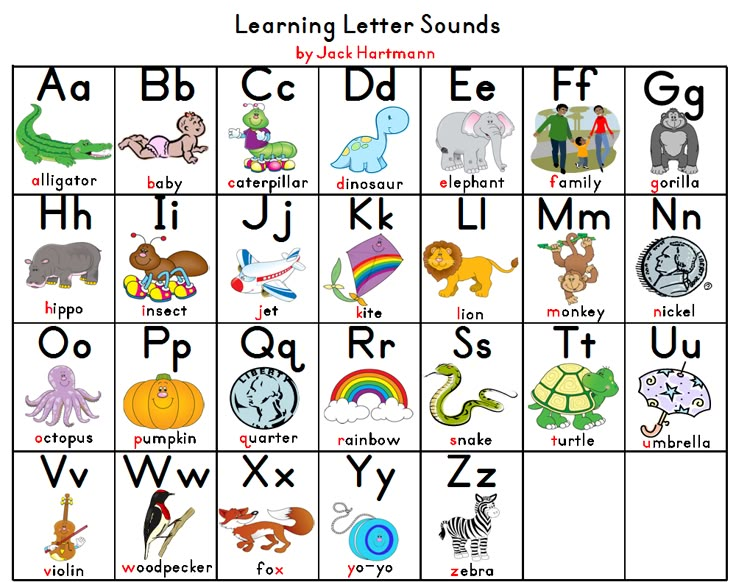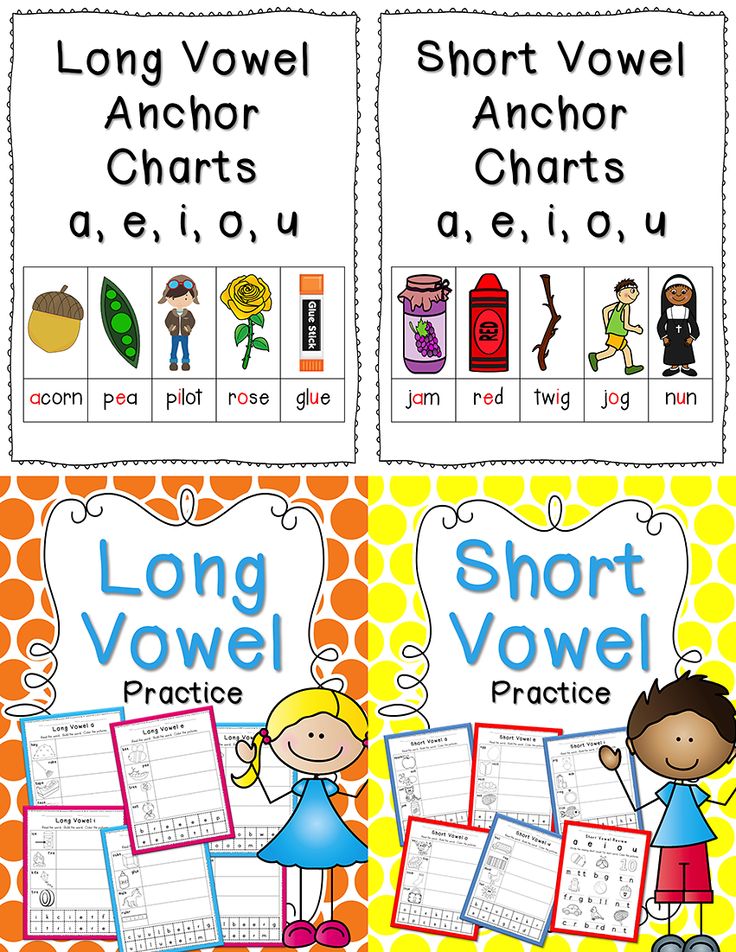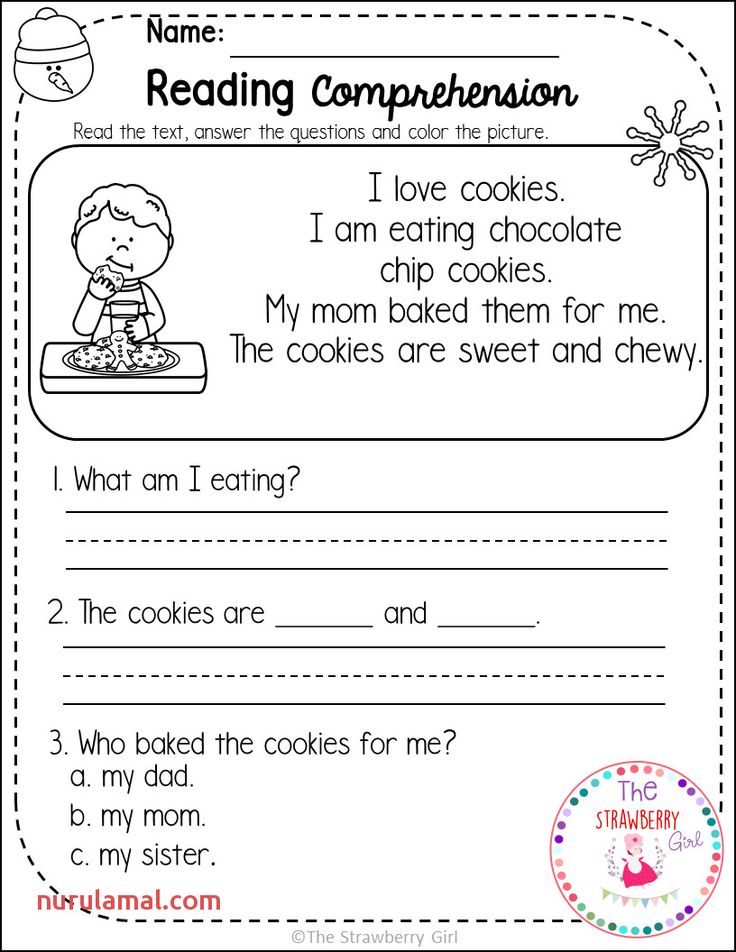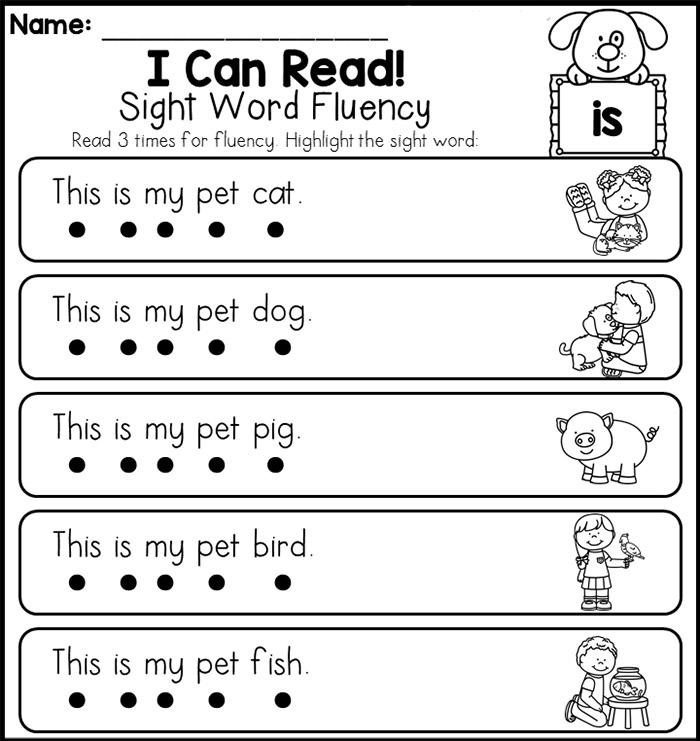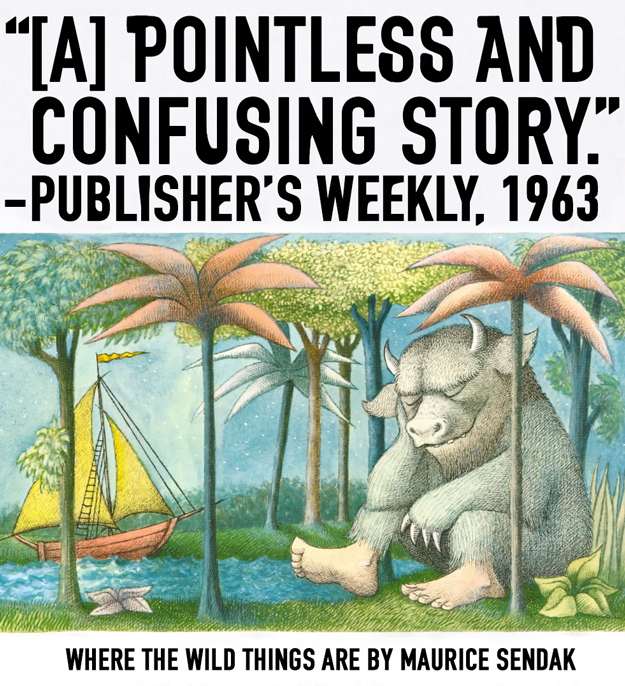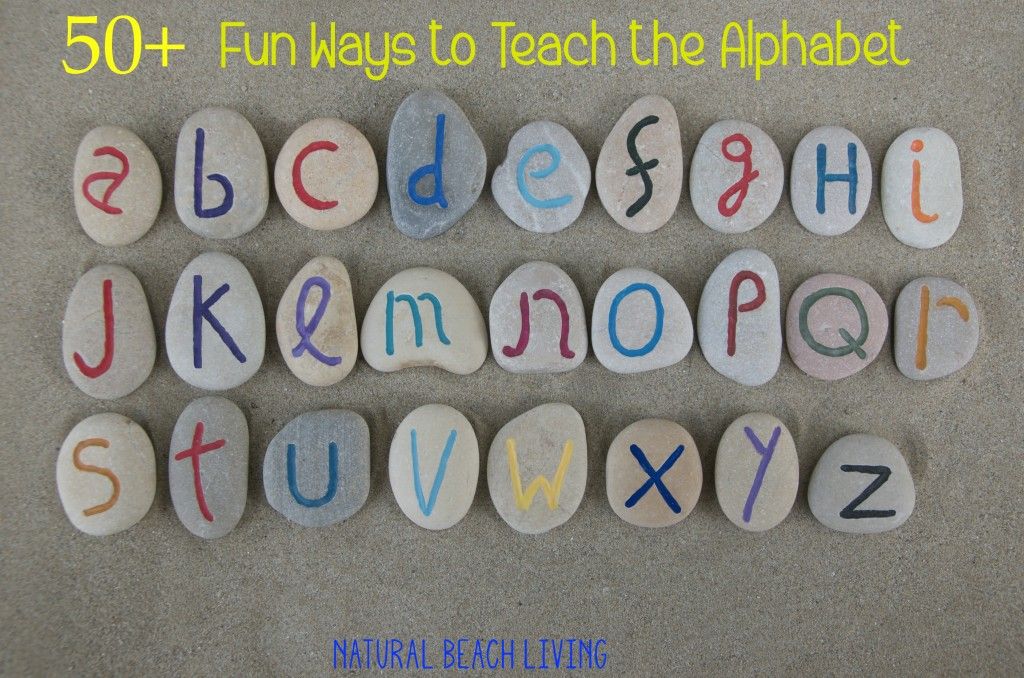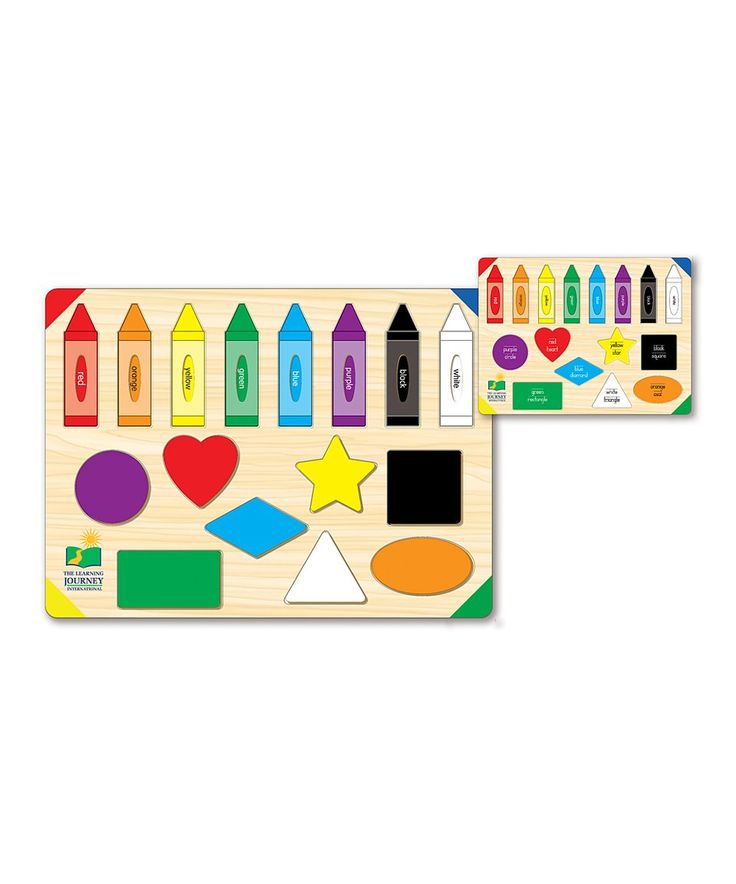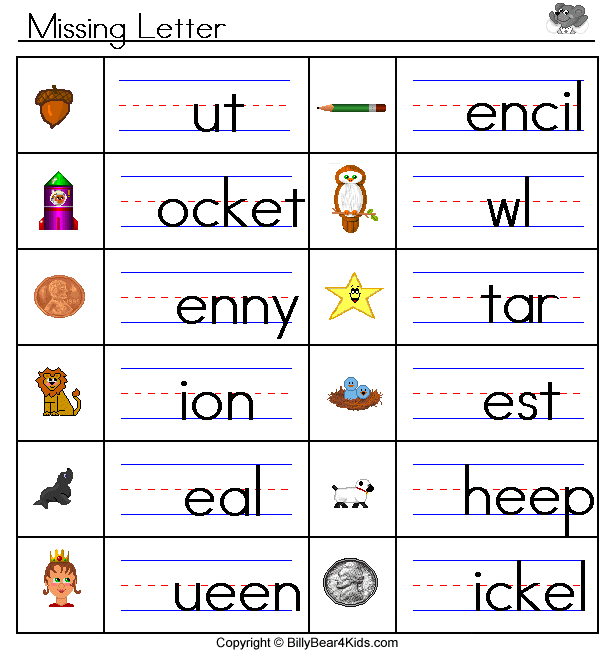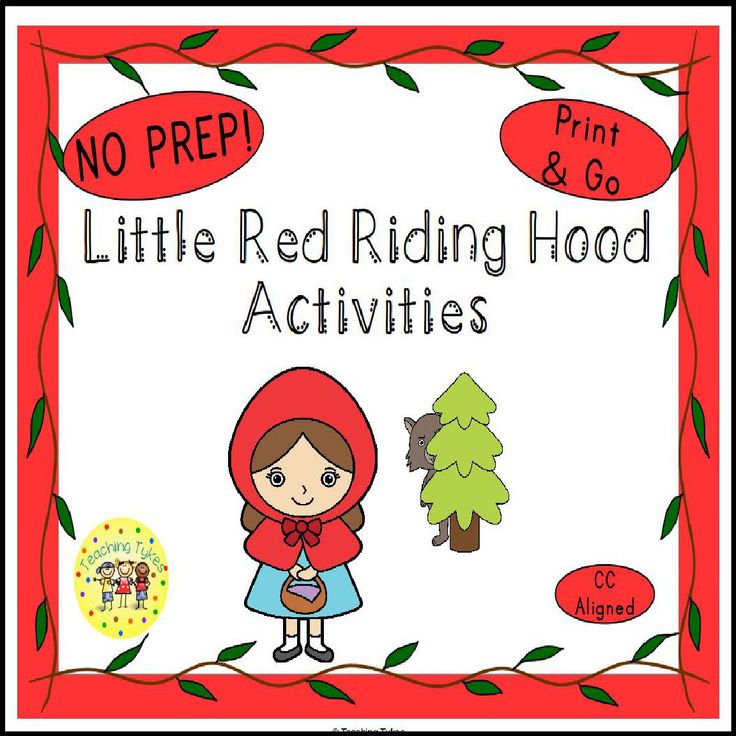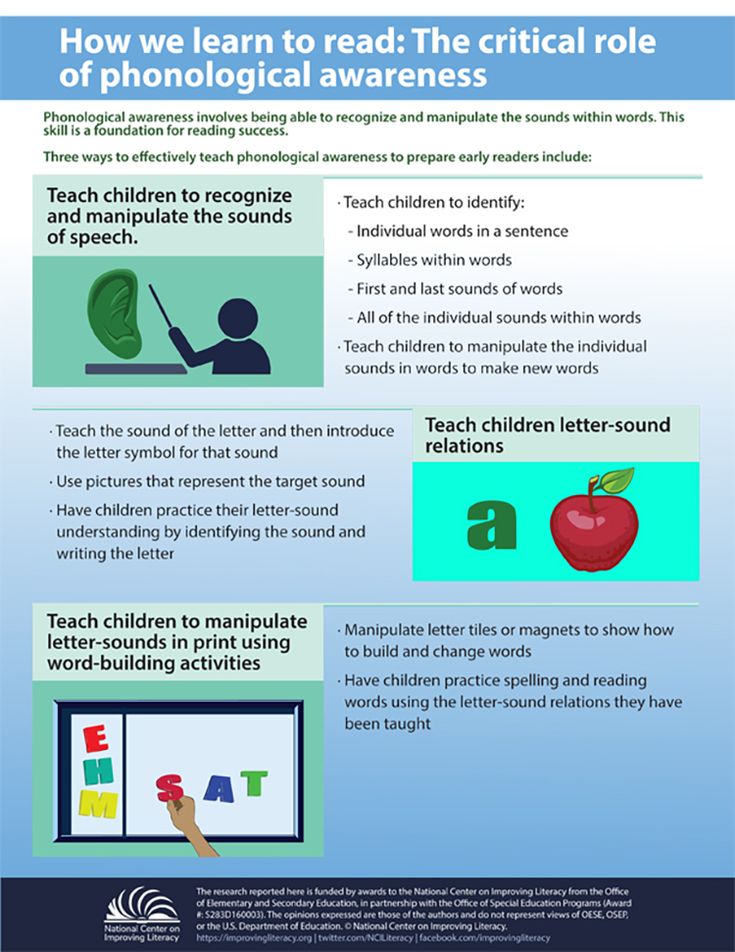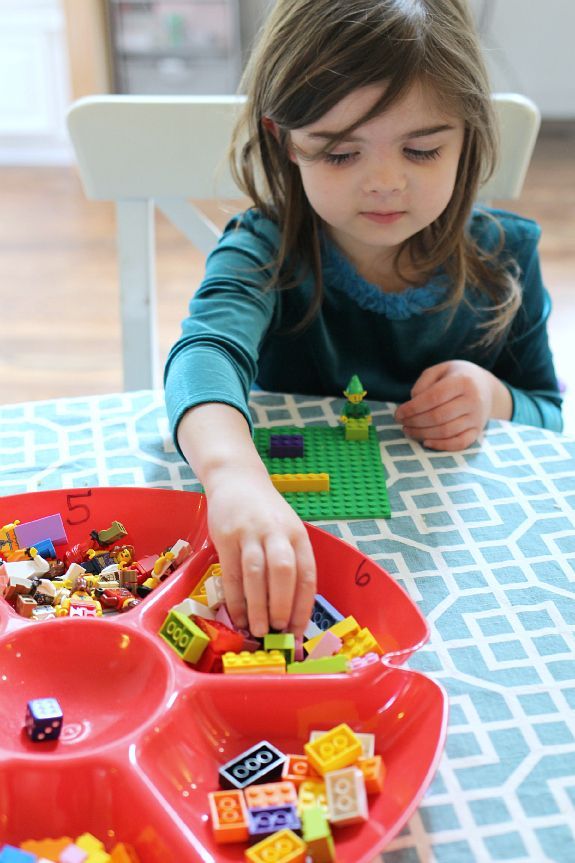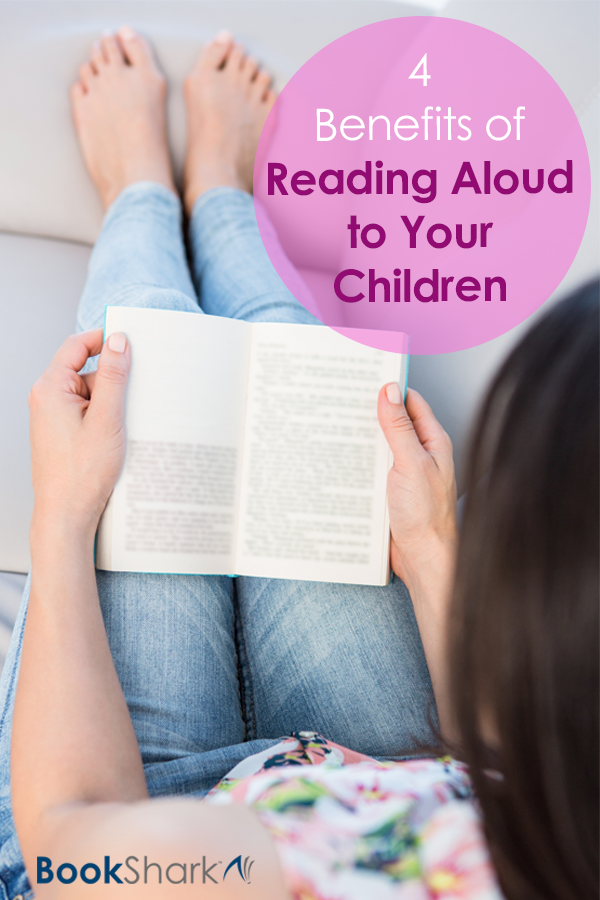Learn alphabet letters
Best Tips to Help You Learn Easily
Are you beginning your journey into learning English? It’s always best to start from the beginning. And what better starting foundation is there than learning the English alphabet?Alphabets are everywhere. These sequential sets of symbols and letters represent the phonetics of any given language and form the foundation of many languages in the world.
In this article, you’ll learn about the importance of the alphabet, the pronunciation of English alphabet letters, and the English phonetic alphabet. We also cover a few fun (and useful!) songs and tips to help you master the alphabet.
Keep reading to gain some specific knowledge of the English alphabet, practical tips on how to learn the English alphabet and get the confidence to read, pronounce and write English letters. Let’s get started.
Why learn the English alphabet?
The English alphabet is the foundation of the spoken English language, giving learners the benefit of understanding how to pronounce words and letters, think, and spell in the language.
Three of the biggest reasons to learn the English alphabet include:
1. To learn how to pronounce words
Learning and mastering the alphabet will help you to speak like a fluent English speaker. This will be helpful to you or other learners in being able to pronounce complete words. It’s a great way to learn letter sounds and master them properly.
2. To think in the English language
When you think in the English language, you eliminate the need for translations from your first language. This will make it easy to communicate faster and speak more like a fluent English speaker.
Knowing the English alphabet and learning the sounds of each letter can help you read words as they’re spoken.
3. To learn how to spell
Learning the alphabet letters can help you master how to spell words in the English language and even form grammatically-correct sentences.
With knowledge of how to spell words in the English language, you can more easily communicate in it.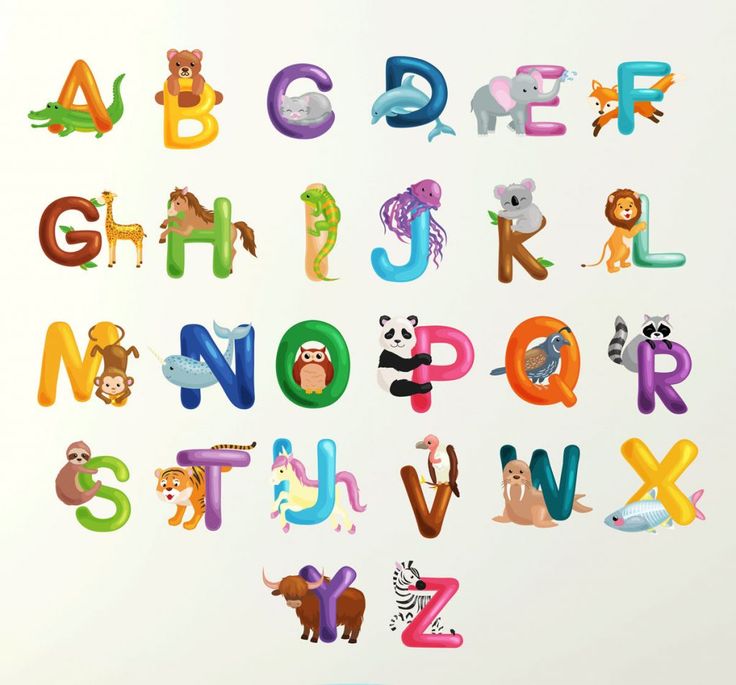 You can also learn how to spell out useful words, like your name and address.
You can also learn how to spell out useful words, like your name and address.
English alphabet pronunciation
Just as you learn to spell out words in English, you’ll also learn the pronunciation of each alphabet letter in the language. When letters are pronounced as part of a word, their pronunciation changes.
For example, the letter “y” is pronounced as /waɪ/. However, it’s pronounced as /i: / when part of a word, such as “family.”
The English phonetic spelling helps students learn to understand how to pronounce letters and words. It will help you learn how to pronounce letters of the alphabet faster and remember them easily. For example, /waɪ/ is the phonetic spelling for pronouncing the letter “y.”
English Phonetic Spelling for Each Alphabet Letter and Relevant Pronunciation
| Upper case letter | Lower case letter | English alphabet pronunciation |
| A | a | [eɪ] |
| B | b | [biː] |
| C | c | [siː] |
| D | d | [diː] |
| E | e | [iː] |
| F | f | [ɛf] |
| G | g | [dʒiː] |
| H | h | [eɪtʃ] |
| I | i | [aɪ] |
| J | j | [dʒeɪ] |
| K | k | [keɪ] |
| L | l | [ɛl] |
| M | m | [ɛm] |
| N | n | [ɛn] |
| O | o | [oʊ] |
| P | p | [piː] |
| Q | q | [kjuː] |
| R | r | [ɑr] |
| S | s | [ɛs] |
| T | t | [tiː] |
| U | u | [juː] |
| V | v | [viː] |
| W | w | [ˈdʌbəl juː] |
| X | x | [ɛks] |
| Y | y | [waɪ] |
| Z | z | [ziː] |
The phonetic alphabet
What is the phonetic alphabet?
The phonetic alphabet uses the International Phonetic Alphabet (IPA) to give individual spelling of letters. It enables learners to accurately represent the sounds of a language in written symbols and characters.
It enables learners to accurately represent the sounds of a language in written symbols and characters.
The spelling alphabet uses the NATO phonetic alphabet for communication. The set of words for oral communication utilizes a code word representing the initial alphabetic symbol or letter. The phonetic alphabet has 26 codewords assigned to the English alphabet from the first to the last letter.
| Symbol or letter | Codeword | Phonic pronunciation |
| A | Alfa/Alpha | Al Fah |
| B | Bravo | Brah Voh |
| C | Charlie | Char Lee |
| D | Delta | Dell Tah |
| E | Echo | Eck Oh |
| F | Foxtrot | Foks Trot |
| G | Golf | Golf |
| H | Hotel | Hoh Tell |
| I | India | In Dee Ah |
| J | Juliett | Jew Lee Ett |
| K | Kilo | Key Loh |
| L | Lima | Lee Mah |
| M | Mike | MIke |
| N | November | No Vember |
| O | Oscar | Oss Cah |
| P | Papa | Pah Pah |
| Q | Quebec | Keh Beck |
| R | Romeo | Row Me Oh |
| S | Sierra | See Airrah |
| T | Tango | Tang Oh |
| U | Uniform | You Nee Form |
| V | Victor | Vik Tah |
| W | Whiskey | Wiss Key |
| X | X-Ray | Ecks Ray |
| Y | Yankee | Yang Key |
| Z | Zulu | Zoo Loo |
English alphabet songs
Science suggests that music and language learning go hand in hand! With that in mind, English alphabet songs could be a practical way to get the English alphabetic letters cemented in your memory when learning the English alphabet.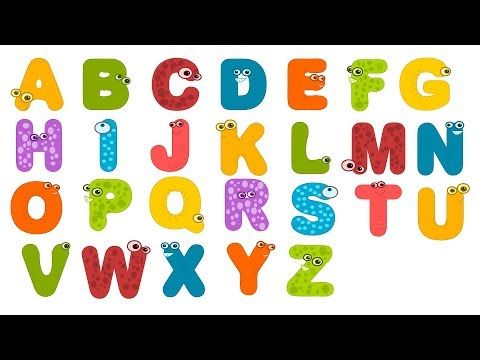
Some popular English alphabet songs include:
See It, Say It, Sign it by Jack Hartmann – Children’s Music
This English alphabet song teaches the sign language (the American Sign Language) of each letter of the English alphabet, including corresponding letter sounds.
The ABC Song – A Pop Music for Kids
This song helps kids to learn the English Alphabet with their corresponding phonics.
The ABC Song for Adult ESL Learners
With this English alphabet song, adult learners can master letters of the alphabet, such as ABC in English, including their sounds and phonics.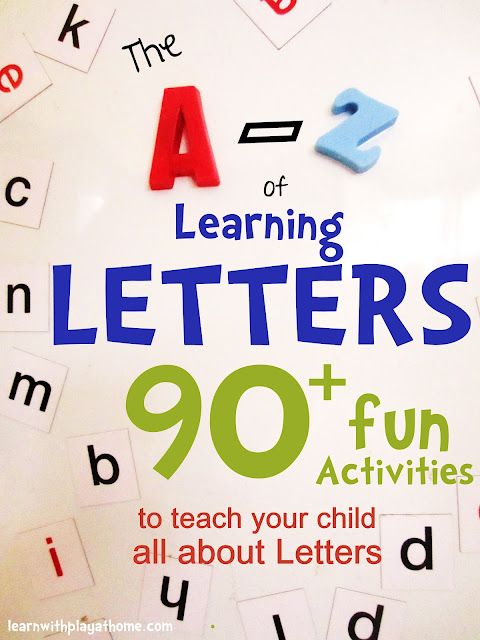
FAQs for the English alphabet
What are some English alphabet exercises I can do to help me learn?Some English alphabet exercises to help you learn include:
- vowels: listen and math;
- the alphabet: listen and write, listen: place the letters in order; and
- write the missing letters, among others.
Semitic-speaking people in the Middle East developed the alphabet at about 1700 B.C. before being spread by the Phoenicians about 700 years later. It was from this alphabet that the modern alphabet was developed.
How many letters are in the English alphabet?The English alphabet has 26 letters, including 21 consonants and 5 vowels.
How to learn the English alphabet: Tips and tricks
English is used widely across the world, and the pronunciation of letters and words can help you correct a heavy accent.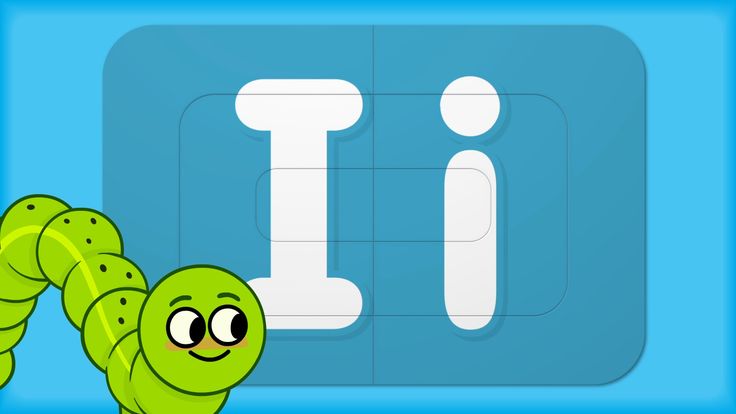
Also known as the modern Latin alphabet, the English alphabet provides a solid foundation for learning English as a first or second language.
Whether you want to learn English as a second language or you’re keen to become a polyglot with a different language alphabet, the following tips can help you master the basics of the English alphabet:
1. Gamify your alphabet learningFirstly, learn how to spell out your own name correctly - this is one of the most common words you will need to repeat and often.
Associate objects to the sounds of the first letter of words you already know in English to help you master the alphabet letters. For example, “c” for ‘car’ or “d” for ‘dog’.
Learn words and spelling in batches of 4 or 5 letters to prevent information overload.
Alphabet games can help you to learn the alphabet letters in fun ways, eliminating boredom and enhancing your morale for learning. Some fun games for memorable and enjoyable learning include:
- Alphabet puzzles
- Treasure hunts
- Object Match – uses random objects or pictures to help you learn the sound of the first letters in words or names.
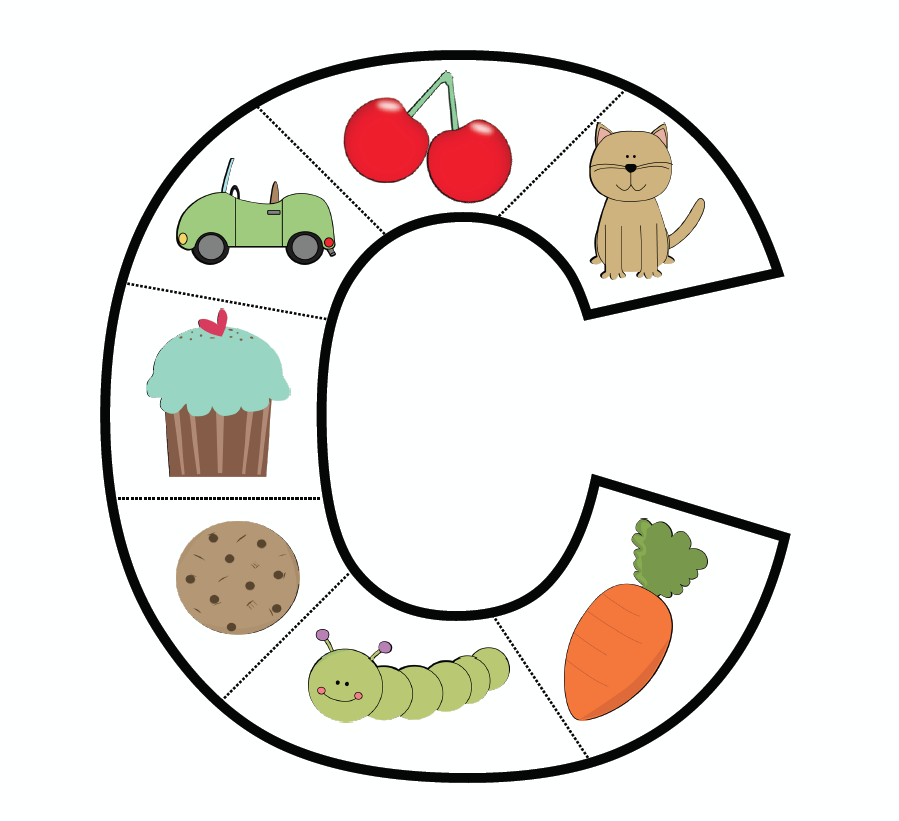 The game allows for competitive fun among learners.
The game allows for competitive fun among learners.
Visuals can help you memorize how letters are formed and written correctly, while audio helps you learn the sounds of each alphabet letter.
Although you can recite individual alphabet letters and memorize them, video technology has made the learning process easier. YouTube and other free online platforms are useful sources of videos for learning the English alphabet.
3. Spelling or reciting lettersSpell out words loudly and recite their letters to master the English language alphabet. You can also learn from the mistakes of other students when they recite letters and spellings of words.
As a result, you’ll master the letters of words you already know and even learn new ones. Use vocabulary and grammar at your learning level to master words easily.
4. Learn simple words firstThe English alphabet pronunciation, spelling, grammar, and vocabulary are the pillars of learning the English language.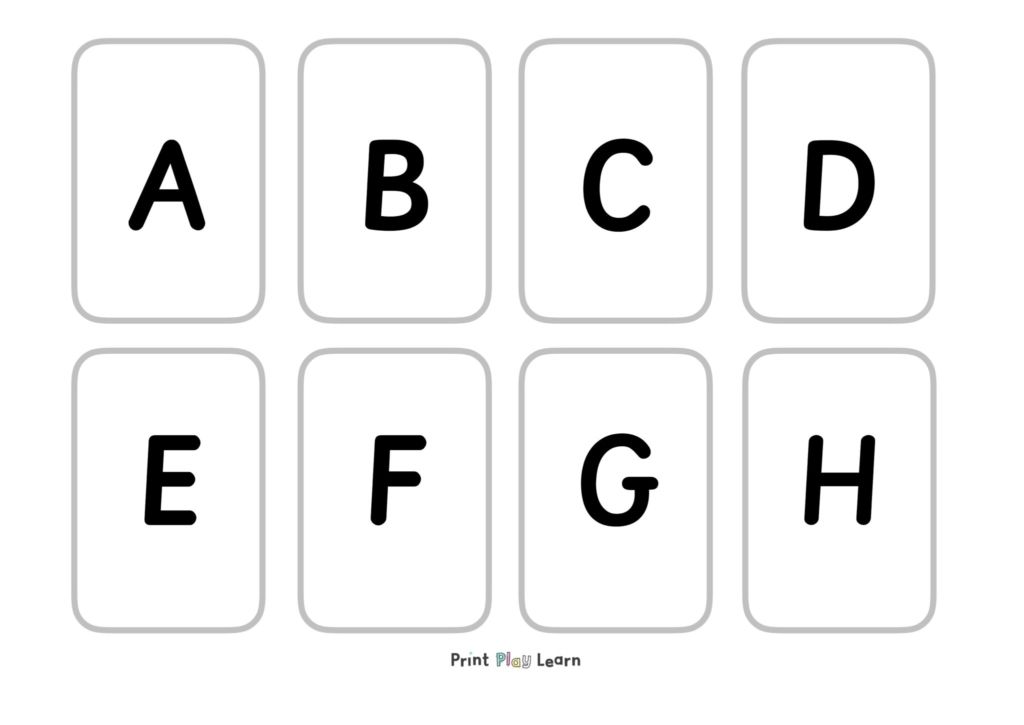 You can learn basic vocabulary, such as days of the week, as you master the alphabet to progress faster in your learning endeavor.
You can learn basic vocabulary, such as days of the week, as you master the alphabet to progress faster in your learning endeavor.
After mastering symbols and words, you can proceed to learn more advanced grammar. After learning how to spell out your name, focus on words that use common English alphabet letters A, B, D, N, and E.
You can use the letters to form various words, such as:
- Bad
- Den
- Bed
- Dan
- Ben, etc.
At this point, you can also learn how to produce sounds using consonants and vowels.
Learning the English alphabet is an excellent foundation
The English alphabet is the basis of learning the language as an ESL learner. Knowing these 26 letters will assist you in learning English online, including how to pronounce each letter and use them to create words.
So whether you’re looking to begin your own journey, are looking for some tips to help someone you know begin theirs, remember - practice makes perfect.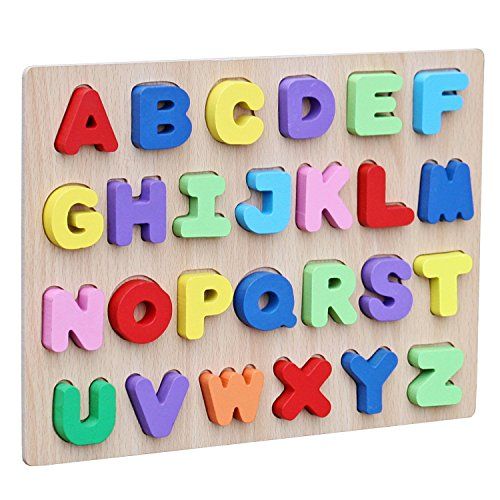 Soon, you’ll be able to sing the ABCs better than the Jackson 5 and then progress to more advanced English topics - all the while having fun!
Soon, you’ll be able to sing the ABCs better than the Jackson 5 and then progress to more advanced English topics - all the while having fun!
18 Amazing Alphabet Videos to Help Kids Learn Their ABCs
Is there anything more important in a young student’s life than learning their ABCs? This fundamental skill opens up the world of reading and writing, which can take kids just about anywhere! These alphabet videos help teach and reinforce the letters and their sounds in fun and engaging ways. Kids will beg to watch them again and again!
1. Take a trip to Sesame Street
When it comes to alphabet videos, no one does it better than Sesame Street. This compilation of songs includes famous musical guest stars like Usher and India.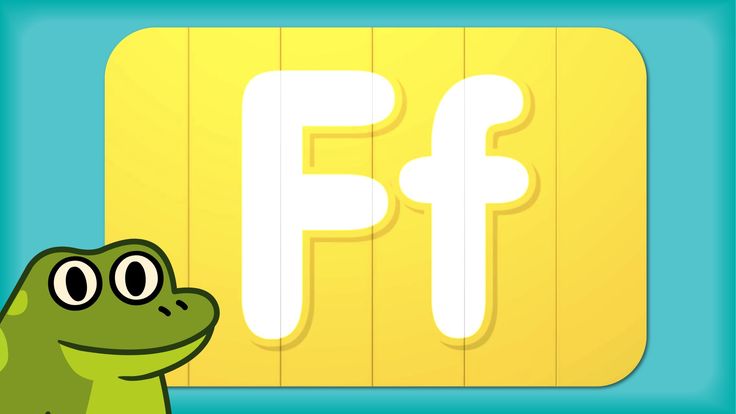 Arie, plus familiar characters like Elmo and Kermit the Frog.
Arie, plus familiar characters like Elmo and Kermit the Frog.
ADVERTISEMENT
2. Rap the alphabet
It’s the ABC song, but with a hip-hop twist. This video also covers the sounds each letter makes, making the alphabet more meaningful.
3. Watch the Alphablocks
This video episode of the popular show opens with the Alphablocks trying to sing the familiar ABC song—but some letters want more than their fair share! You can watch just this part alone, or play the entire video to see the Alphablocks on their various adventures.
4. Workout to the letter sounds
Popular kids’ entertainer Jack Hartmann gets little ones up and moving as they work out and learn their letters at the same time. This one is perfect for a movement break!
5. Canta la alphabeto en Español
Why limit yourself to English? Gina Rodriguez and Elmo are here to help you learn to sing the ABCs in Spanish too!
6. Learn the yoga alphabet
Learn the alphabet and basic yoga poses, all at the same time! Watch the video through once, then go back and play it slowly letter-by-letter, doing the yoga poses along the way. This is such a fun way to do the ABCs!
7. Transform the letters of the alphabet
Kids who love to play with cars and trucks will get a kick out of this alphabet video. Each letter drives onto the screen in pieces, then transforms itself into position.
8. Do the alphabet dance
We love alphabet videos that get kids up and moving! In this one, little learners make the shapes of the letters with their bodies as they dance along to the upbeat music.
9. Meet the dinosaur alphabet
Dino-obsessed kids will love this video! It features a dinosaur for every letter of the alphabet, plus fun facts about each species.
10. Sing a new alphabet song
Ready for a new alphabet tune? This video features a competitor on “Alphabet Idol” crooning the ABCs to a new melody and rhythm.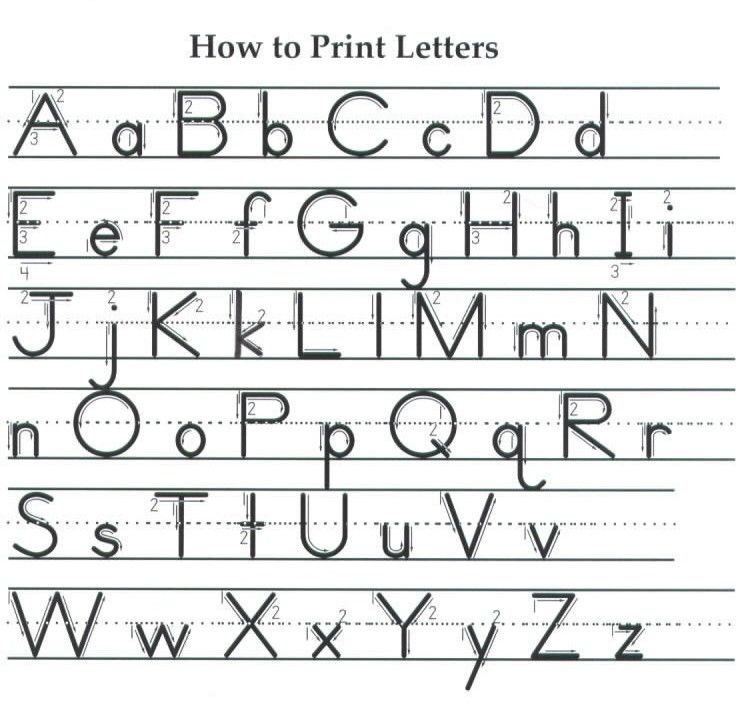
11. Listen to
Chicka Chicka Boom BoomWhether they’re new to the book or already know it by heart, kids will enjoy this syncopated performance accompanied by colorful visuals. For another fun version, watch Ray Charles reading this beloved favorite!
12. Come to the alphabet party
What happens when you invite all the letters to a party at your house? Find out in this sweet song! (B is blowing bubbles and K is fascinated with her kite, for starters.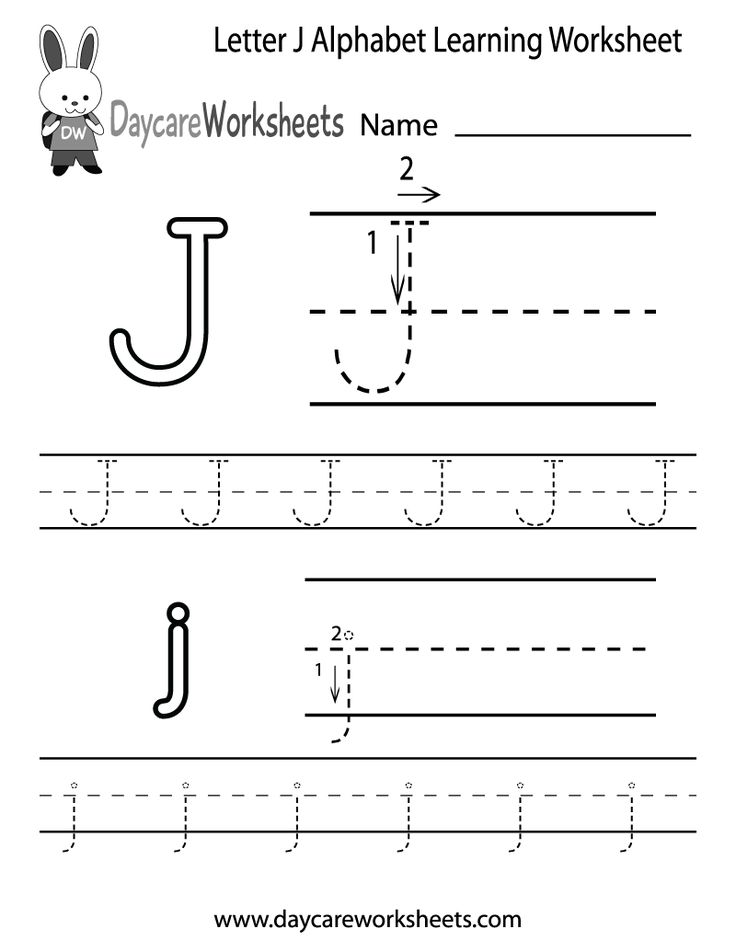 )
)
13. Visit the Alphabet Lost and Found
Oh no! So many words have lost their letters! What will they do? Visit the Alphabet Lost and Found, of course! (Love They Might Be Giants? Watch the whole Here Comes The ABCs album here.)
14. Join the StoryBots to learn the alphabet
The StoryBots take you through the alphabet from A to Z in this longer musical video, giving examples along the way.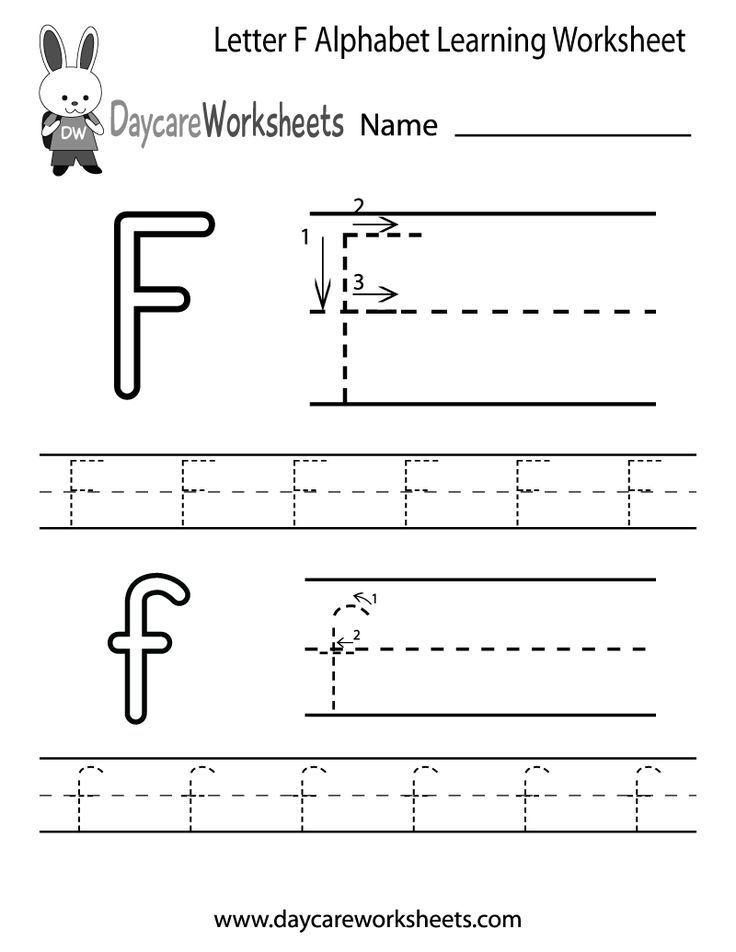 Kids will have fun pretending to be robots as they sing along.
Kids will have fun pretending to be robots as they sing along.
15. Dine on alphabet veggies
Learn the ABCs and a whole lot of healthy vegetables too! From arugula to zucchini, they’re all here, and they’re all nutritious.
16. Dance to the Boogie Woogie Piggies Alphabet
Sesame Street has done so many alphabet videos over the years, but this barnyard classic remains a favorite. Sing and dance (and oink) along with the Boogie Woogie Piggies as they perform the ABCs.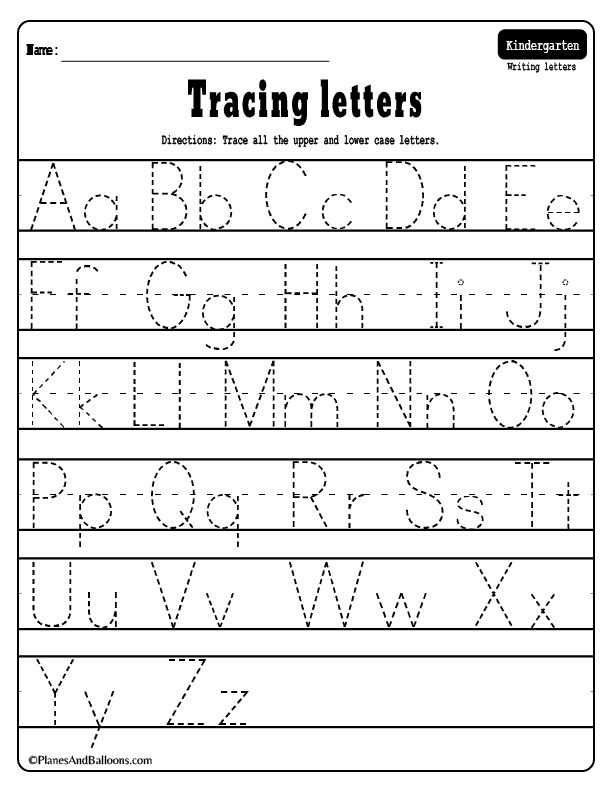 (For more throwback fun, check out the time Big Bird thought the alphabet was one long word!)
(For more throwback fun, check out the time Big Bird thought the alphabet was one long word!)
17. Try the alphabet backwards
Look at the alphabet in a whole new way when you try to sing it backwards. Learning their “CBAs” is new for most kids, and it’s a terrific way to get them to think outside the box.
18. See it, say it, sign it
We love the idea of teaching all kids the sign language alphabet. Even if they never learn another sign, they’ll have the basic skills to communicate with those who are deaf/hard of hearing .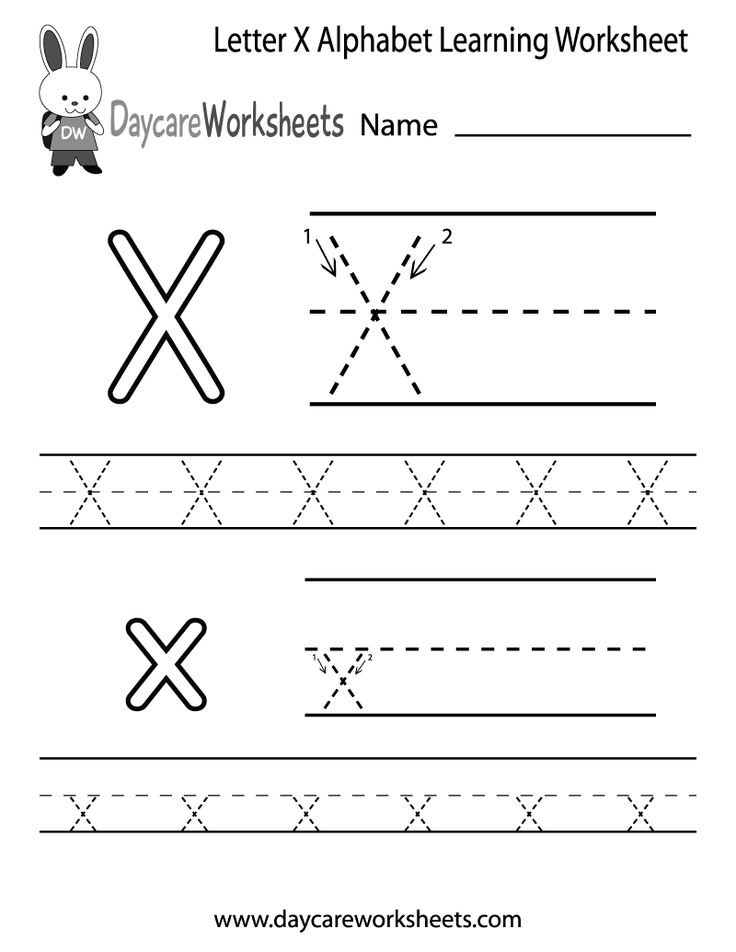
Enjoying these alphabet videos? Keep the learning going with 26 Fun Easy Ways For Kids to Practice Their ABCs.
Plus, 26 Awesome Ways To Use Alphabet Beads For Learning.
5 Ways to Learn the Alphabet Quickly and Easily with a 3-6 Year Old Child – Somersault
Before learning the alphabet with a child, it is important to understand what you are not going to do. Namely, learning to read. This is a more complex skill, so it is worth putting it off until the time when the child gets acquainted with all the letters and will confidently recognize them and write on their own. Until then, put off the alphabet and reading by syllables.
In this article, we have put together the basic principles to quickly learn the Russian alphabet with a 3-6 year old child in a playful way. For all games with letters, you can use plasticine, paints and any improvised means or magnetic letters - they will easily attract the attention of the child.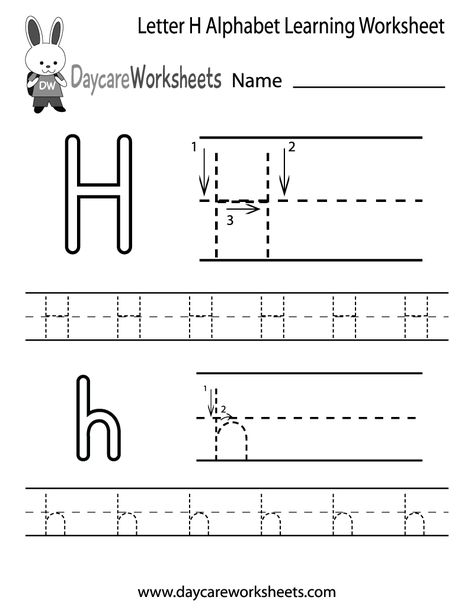
Contents:
- Learn the Alphabet Easily: Basic Principles
- 5 ways to learn the alphabet with your child
- From alphabet to reading
How to Learn the Alphabet Easily: Basic Principles
Each child can find an easy way to learn the alphabet that suits him or her, but there are basic principles that are important for all children. If you do not follow them, study will turn into drill and the child is unlikely to ever love to read. Here are a few such principles on how to properly learn the alphabet for a child.
- Learn sounds first, not letters . At the first stage of learning, it does not matter how the letters in the alphabet are called correctly. Now only sounds are important for the child - "d", and not the letter "De". The names of the letters will only confuse the child, who first needs to learn to recognize the shape of the letters and their sound.
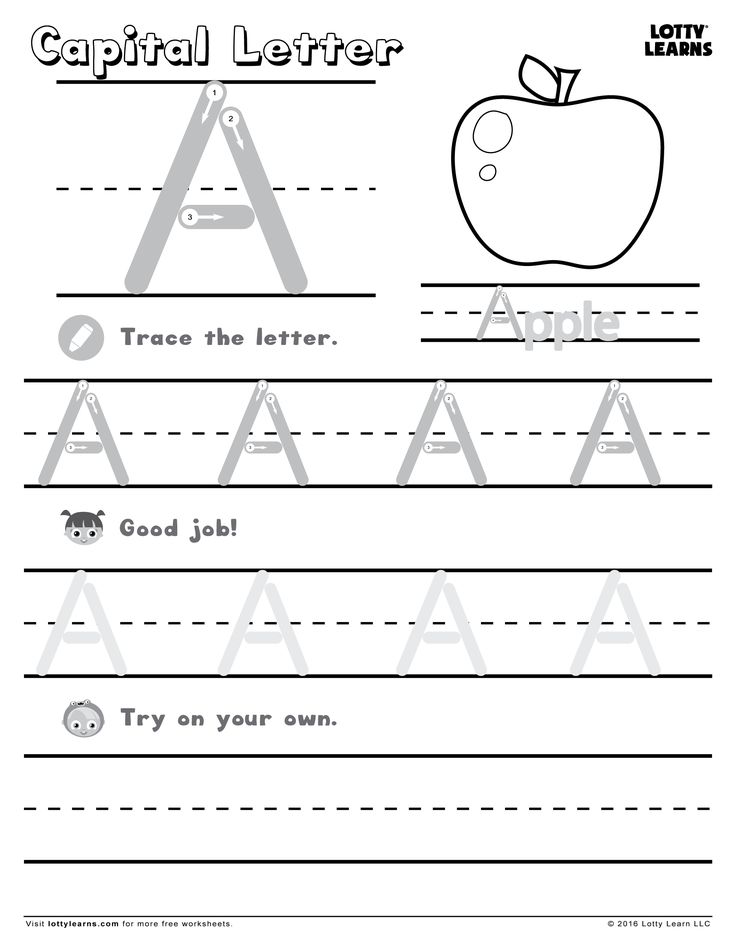
- Not learning the alphabet in the correct sequence . Until a child goes to school, it is of no use to him to know how the letters are arranged in the alphabet. This information will only distract him from what is really important: how the letters look and sound. The sequence of the alphabet can be learned later or even at school, where this knowledge will be tested by the teacher.
- Do not turn learning into a lesson . Learning from call to call is difficult even for children at school, let alone a baby. Therefore, all learning should take place in a playful way and not for long: 5-7 minutes a day to get acquainted with the letters will be enough. Gradually, this time can be increased, especially if the child likes the proposed games with letters.
- Use material objects . At the age of 3-6 years, the child learns the world by touch and taste. It is difficult for him to work with abstract letters spoken aloud.
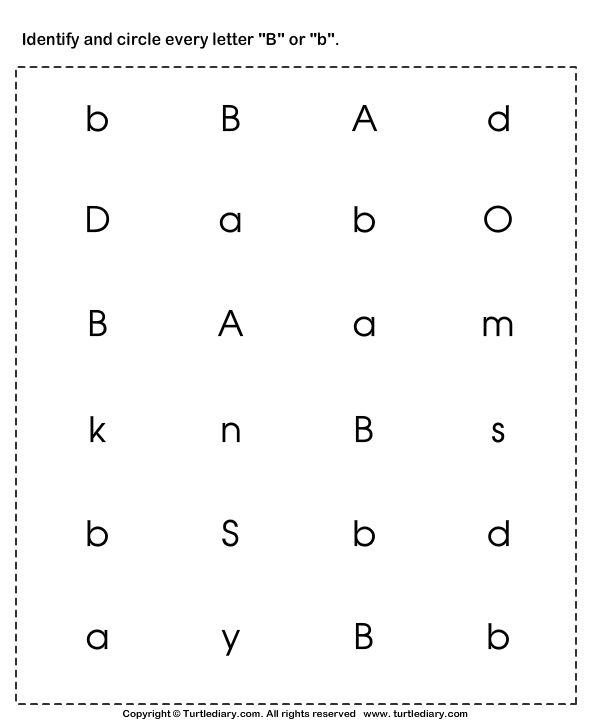 Therefore, it is better to stock up on plasticine and paints and create letters that are more understandable to the child and can be touched. Such a game for children will allow the child to learn the letters of the alphabet and he will recognize them in different forms regardless of what they are made of.
Therefore, it is better to stock up on plasticine and paints and create letters that are more understandable to the child and can be touched. Such a game for children will allow the child to learn the letters of the alphabet and he will recognize them in different forms regardless of what they are made of. - First vowels, then consonants . Vowel sounds are easier to pronounce, so it's worth starting with them.
The main thing is not to force anyone. If you see that the child is inquisitive, enjoys exploring the world and is ready to learn, you can move on to learning letters and the alphabet. So the child will be happy to learn the alphabet in a playful way and gradually learn to read. So that the game is not abstract, you can use the magnetic letters TUMBLING.
5 ways to learn the alphabet with your child
1. Use an interesting topic to study
Use your child's interest to spur his motivation to learn.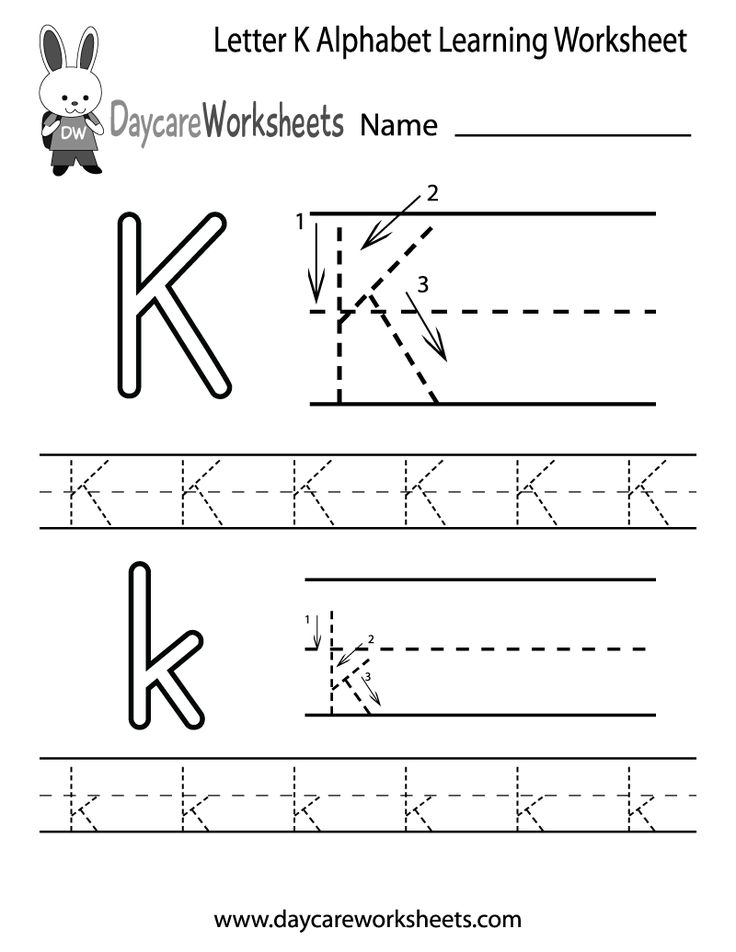 For example, if your kid is crazy about cars, let them be the topic in which you learn the alphabet. Use any words related to cars:
For example, if your kid is crazy about cars, let them be the topic in which you learn the alphabet. Use any words related to cars:
"A" - bus
"B" - trunk
"C" - driver, etc.
You can show cars and their parts, draw or sculpt from plasticine. It is important that the child's focus shifts from learning to doing what they love. Additionally, the method will help expand vocabulary and knowledge about the world.
2. Cross out a letter of the alphabet in the list
Fill in a small square with arbitrary letters. The task is to cross out only the letter that you are studying. This will help the child focus on one letter and not get distracted by the ones he doesn't remember or don't know.
3. Pulling the letters of the alphabet out of the pouch
The soft-touch magnetic letters are perfect for this method. Put the letters in a bag and give the child the task, without looking, to pull out only the letter that you thought of.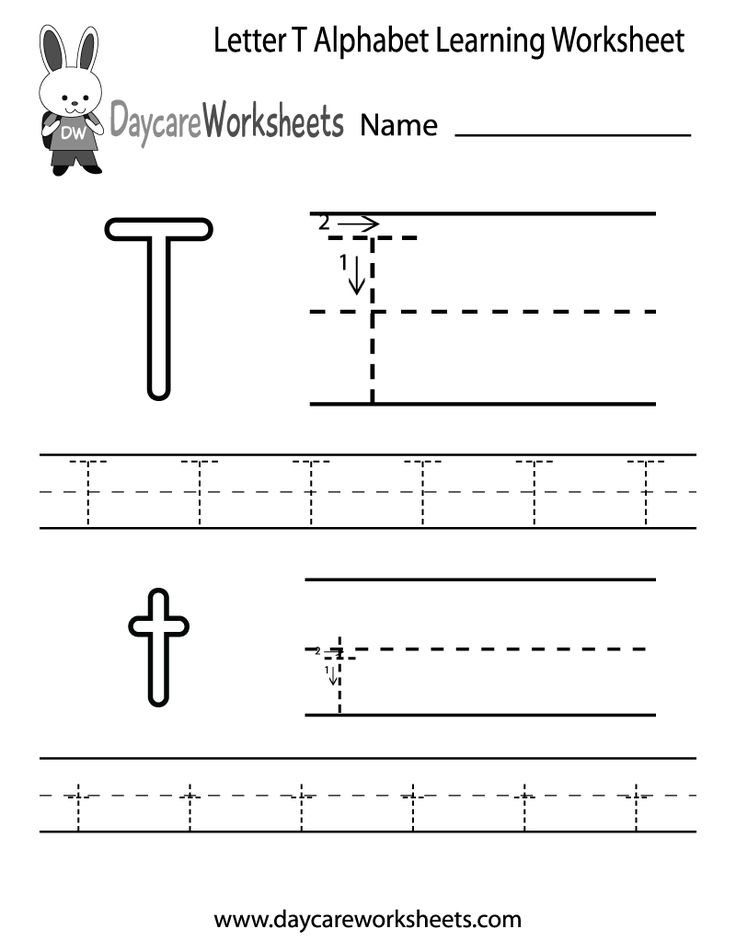 Let there not be too many letters in the bag, otherwise the child will get confused. 6-7 pieces will be enough. To start, use letters that are very different in shape, such as "O" and "M". Gradually, the complexity can be increased and searched among similar letters, for example, "K" and "X". Don't forget to praise and encourage your child. You can alternate the learning process with desktops.
Let there not be too many letters in the bag, otherwise the child will get confused. 6-7 pieces will be enough. To start, use letters that are very different in shape, such as "O" and "M". Gradually, the complexity can be increased and searched among similar letters, for example, "K" and "X". Don't forget to praise and encourage your child. You can alternate the learning process with desktops.
4. Recognize letters of the alphabet by ear
You pronounce a word, and if it contains a hidden letter, the child claps his hands.
With this game for kids, you can learn individual letters or the entire alphabet. For example, you name a word, and the child inserts its first letter into the insert frame. To stimulate a child's interest, you can use only words from his favorite topic, for example, the names of animals.
5. Guess words starting with the first letter
You choose one letter and think of a word that starts with that letter. For example, the letter "Z":
- What is this animal with big ears and loves carrots?
- Hare!
This game form is again suitable for learning individual letters or the entire alphabet.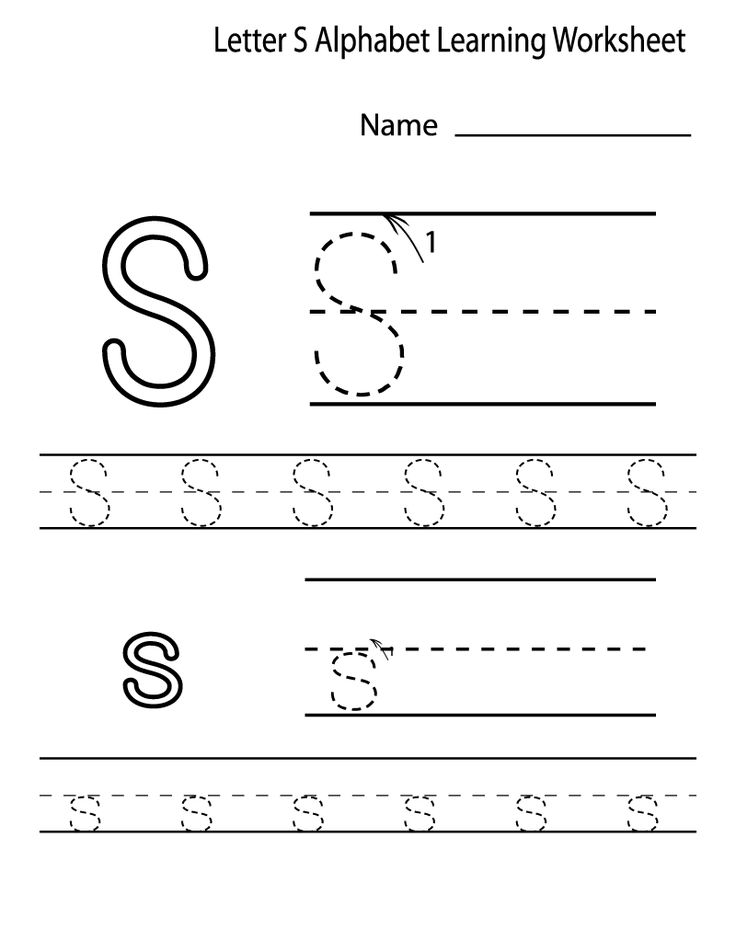 If you learn only one letter, the child gets used to quickly recognizing it in different words. And if you give words with different letters, the child as a whole learns to understand with which letter they begin. With the study of the account and the English language will also help TUMBLING.
If you learn only one letter, the child gets used to quickly recognizing it in different words. And if you give words with different letters, the child as a whole learns to understand with which letter they begin. With the study of the account and the English language will also help TUMBLING.
From the alphabet to reading
When a child learns the Russian alphabet, confidently recognizes all the letters in different words and can draw or mold them on his own, it is worth moving on to reading. Because you need to learn the alphabet just so that the child can read. If knowledge is not used, it will hang as an extra burden, and by the time school will be forgotten. Therefore, you should not learn the alphabet too early: at 3-4 years old, a child is simply not interested in reading books in order to learn something new. He is more interested when his mother reads. Conversely, by the age of six, the child will be glad to have his own books to read them himself.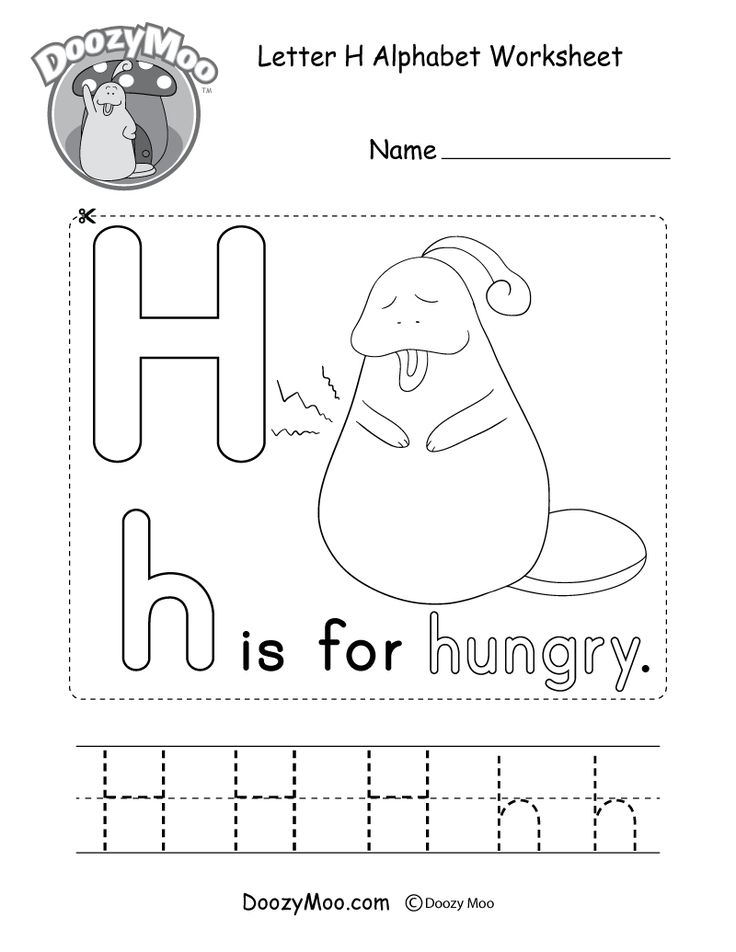
How to quickly learn the alphabet - learning letters with a child
Letters are all around us. The child sees them in books and magazines, on product packaging, in shop windows. He can't help wondering what it is. Over time, he begins to understand that adults can read, begins to copy his parents, having learned a poem or a fairy tale by heart, and pretending that he is reading a book.
Experts recommend teaching a child to read shortly before school, since at an earlier age his brain is not yet ready to perceive such information. You can learn sounds with it, learn to distinguish them in oral speech, start mastering the alphabet. This pre-letter period is very important, because thanks to it the child will be able to learn to read fluently and understand what he read.
At what age do you start learning letters?
Many parents are sure that a child's development should start almost from the cradle. But neuropsychologists warn that learning letters and numbers before the age of 3 is harmful.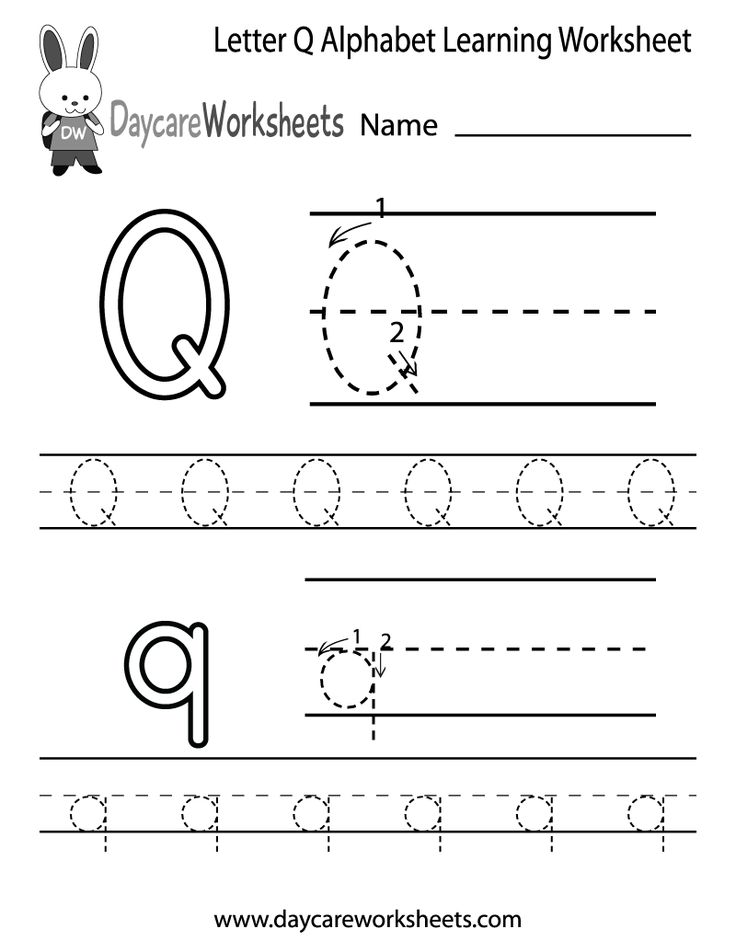 At this age, the emotional and sensory sphere should be formed. If we force a child to learn, then we violate the laws of brain development, which can have negative consequences.
At this age, the emotional and sensory sphere should be formed. If we force a child to learn, then we violate the laws of brain development, which can have negative consequences.
No specialist will tell you that at the age of 3 or 4 a child should know all the letters. Of course, if you wish, you can force him to learn the alphabet, but this will not be useful, but, on the contrary, can harm. The brain is ready for reading most often by the age of 5-6, and only in 20% of babies - by 4-5. Before this time, it is not worth studying letters.
But this does not mean that you can forget about the development of the child. At 3-4 years old, you need to work on the development of speech, teach the baby to ask and answer questions correctly, pronounce words, and study the world around him. You need to work on fine motor skills, teach him to dance, form a sense of rhythm, and so on.
These are the recommendations. However, all children are different. If a child has shown a sudden interest in letters, it means it's time to start learning.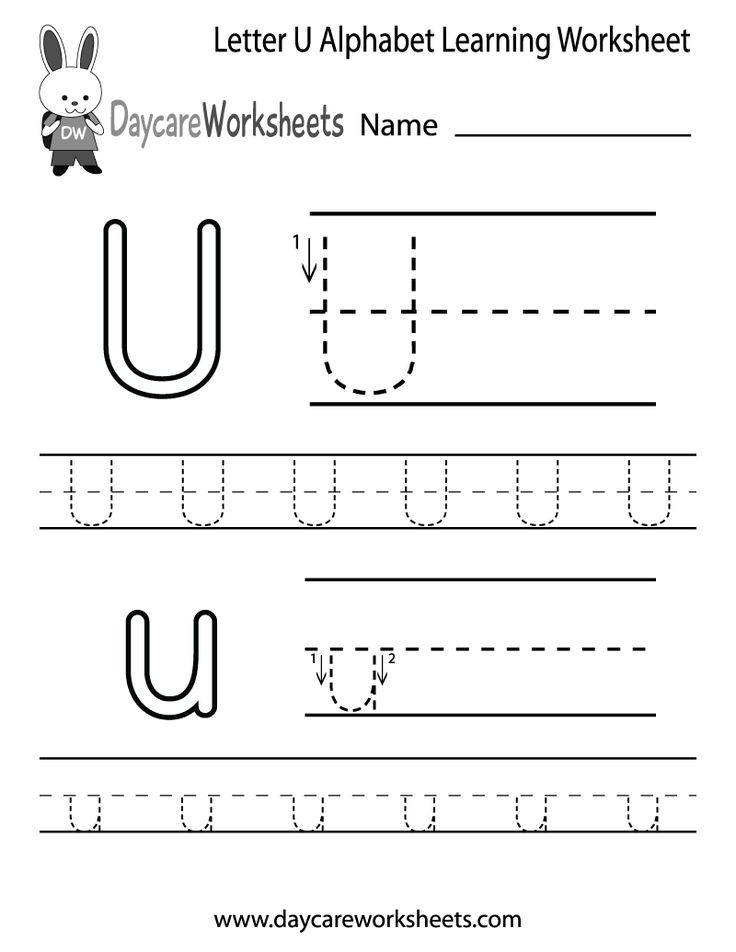 And it does not matter if it manifested itself late, for example, at 6 years old. The child should want to read, only after that you can study with him.
And it does not matter if it manifested itself late, for example, at 6 years old. The child should want to read, only after that you can study with him.
Psychologists note several signs that indicate a child's readiness for learning:
- The child perceives well what he has read by ear and can tell what the book is about.
- He knows how to build phrases, pronounce all sounds.
- Interested in what is written in a children's magazine, book or poster.
- Pretends to read, imitating adults.
If all these signs appear, you can start classes. You can’t put pressure on a child, force him to study, bribe him (“learn the letters - I’ll give you a chocolate bar”) - this will not achieve anything.
In those cases where the interest in letters appeared early, there is no need to give up classes. But do not overload the baby, work with him for no longer than 7 minutes, classes do not have to be done every day, you can take breaks of 2-3 days.
How to start learning the alphabet?
The child began to show interest in letters. No need to immediately load it with knowledge, cramming the alphabet. Move a little. The easiest way for children to remember the first letter of their name. Explain to him what this letter is, what it is called. You can ask him to find this letter in the text. Gradually, he will learn to highlight it, will pay attention to it. The first step has been taken.
Parents now trust their children's education to various children's tablets, phones and other similar toys. Remember that they are teaching letters, not sounds. Toddlers need to be taught precisely sounds, so it will be easier for them to master reading.
A letter is a graphic representation of sound, each has its own name. But learning to read, knowing only the names of the letters, is very difficult. Imagine that the child will need to read the word "ball". How will he do it? Just as he was taught: "beael".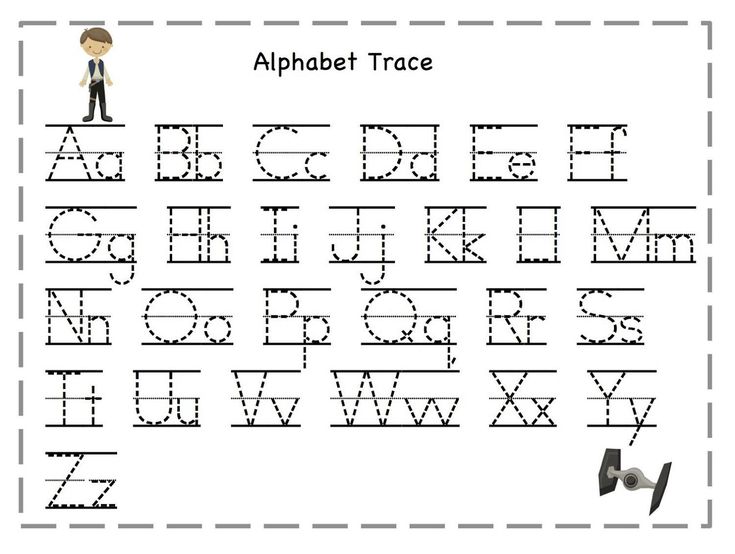 And all because he pronounces letters, not sounds.
And all because he pronounces letters, not sounds.
It is better to start learning with sounds, pronouncing them with the child. Parents themselves should not confuse sound and letter. Sound is what we hear. A bumblebee buzzes - this is a sound, a hammer knocks - this is also a sound. But far from all sounds we can get words. If we clap our hands, the sound will appear, but the word will not.
You can create a word from special sounds called speech sounds. Make sure that the child does not confuse the letter and sound. Explain to him that a letter is an icon that can be seen in a book or drawn on paper. Letters can be seen with the eyes and sounds can be heard.
General recommendations for teaching a child
If you decide to work with a child, remember the basic rule - he should be interested. You can't force him. At this age, the easiest and most accessible way of learning is through the game.
It is difficult for kids to concentrate, to sit in one place for a long time, so classes should be short, 5-10 minutes each. As soon as you notice that he has become bored, switch to something else. If he forgot everything that you went through, do not get annoyed, repeat again until he remembers. If you overload your child with information, he will develop an aversion to learning.
As soon as you notice that he has become bored, switch to something else. If he forgot everything that you went through, do not get annoyed, repeat again until he remembers. If you overload your child with information, he will develop an aversion to learning.
At an early age, a child develops visual-figurative thinking, and only then - abstract-logical. This means that it is useless to draw letters on paper or a board. So you can't learn them. For him, it will be just a set of dashes.
The child needs a visual association. For example, if you are learning the sound "a", you can show him a picture of a watermelon or any other item that starts with that letter. Stock up in advance with soft cubes with letters, bright cards, coloring books, beautiful colored primers.
Do not learn letters in alphabetical order. It is better to start learning with vowel sounds. The letters that are most often found in speech are studied first, then you can move on to rarer ones.
How to learn vowels?
First, explain to your child that all words are made of sounds, just as houses are made of bricks.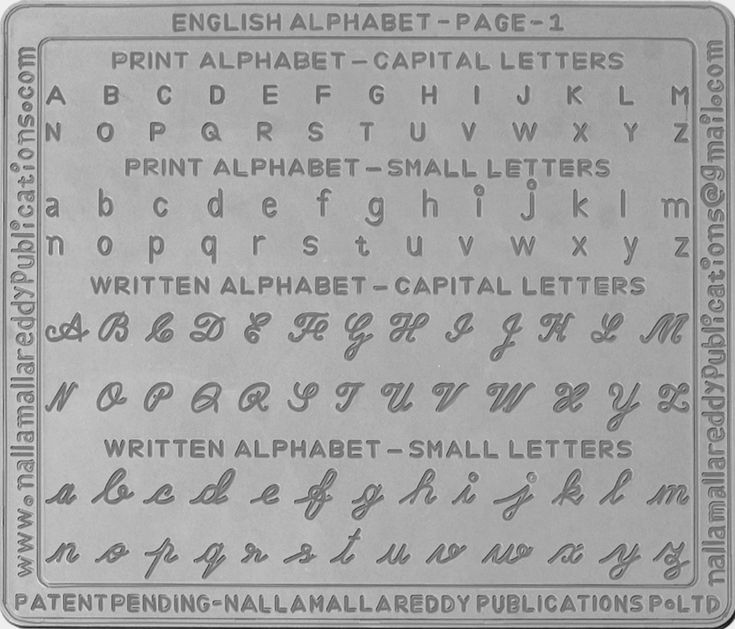 The more sounds in a word, the longer it is. After that, you can proceed to the study of sounds.
The more sounds in a word, the longer it is. After that, you can proceed to the study of sounds.
Start with "a" . You can show the baby pictures that show objects whose names begin with this letter. Draw with him the mouth that makes this sound, note how we open it wide. Let him try to name the words that begin with this letter. Do not overload the child: 1 lesson - 1 letter.
Try to consolidate the acquired knowledge. So you go to the kindergarten, you saw a pharmacy, let the kid try to find the letter that you studied. Bought a children's magazine, see if the title has the letter "a" . You can mold a letter from plasticine or dough, cut it out of paper. You can lay it out of sticks or sand.
It will be much easier for you to captivate your baby if you always have blocks with letters, bright books, cards at hand. You can sing a song about a letter or listen to a funny verse.
So, study all the vowels one by one. At the end, you can explain that the sounds that you have already learned are called vowels.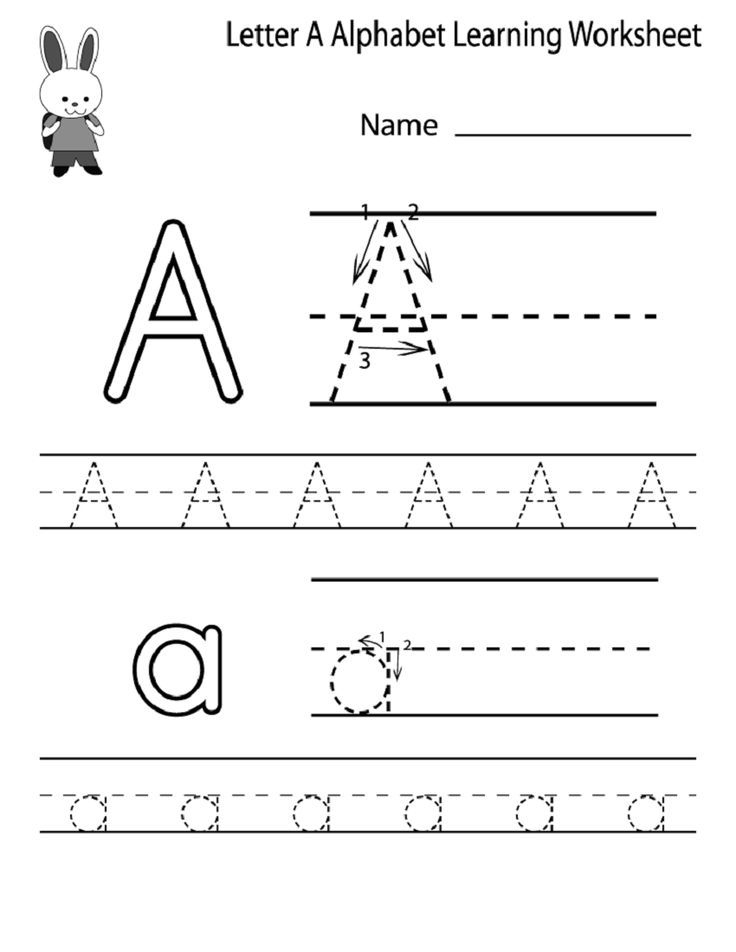 These are sounds that can be sung. Try to sing together "a-a-a" or "u-u-u" .
These are sounds that can be sung. Try to sing together "a-a-a" or "u-u-u" .
Remember that we have 6 vowels ( a , o , y , e , s , and ) and 10 vowels. The letters i , e , i , i consist of 2 sounds. It is better to postpone the study of the latter for later, because there is no sound "i" , i is a letter consisting of 2 sounds. Do not confuse the child so that later educators and teachers do not have to retrain him.
How to learn consonants?
After you have learned the basic vowels ( a , y , and , o ) you can move on to the consonants. You need to start with the simplest consonants ( b , p , m , n , t , g ).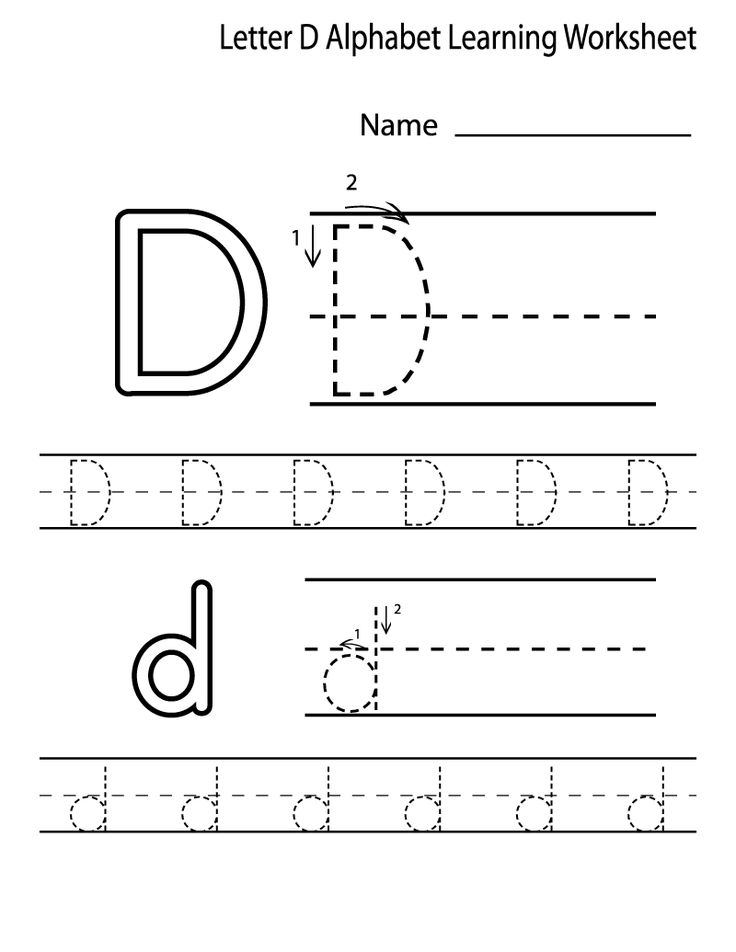 And here again we remember that we are teaching the child sounds, not letters. We know what to say0005 em ", " en ", " be ", but children don't need to know this yet. The child must learn that this is the sound " mm " or the sound " nn ". After the baby learns simple consonants, you can proceed to the study of hissing.
And here again we remember that we are teaching the child sounds, not letters. We know what to say0005 em ", " en ", " be ", but children don't need to know this yet. The child must learn that this is the sound " mm " or the sound " nn ". After the baby learns simple consonants, you can proceed to the study of hissing.
Just like with vowels, knowledge needs to be consolidated. Children may confuse letters. To prevent this from happening, play associations. You can ask the children to think of what this letter looks like. Look for objects on the street that resemble this letter. For example, you walked past the horizontal bar, it is shaped like the letter " p ", or look at the doorway, also resembles " p " in shape. Fold it out of pencils, look for it in store signs.
Alphabet Learning Methods
There are several popular methods for teaching children to read and memorize the letters of the alphabet. You can use them, especially since specialists worked on them. But, no matter what method you work with, it is important to remember that your classes should not resemble lessons at school.
You can use them, especially since specialists worked on them. But, no matter what method you work with, it is important to remember that your classes should not resemble lessons at school.
Children at this age should play and get the information they need through games. Therefore, after a short training part, immediately proceed to an interesting, gaming one. Creative activities are also very useful, with the help of which you not only study letters, but also develop the child’s fine motor skills, improve his drawing and coloring skills, and strengthen the ability to use scissors.
Games and game exercises
There are a huge number of game exercises that will help you consolidate knowledge. We will give a few examples.
1. Find words with the right sound . You need to prepare cards that show different objects. The child must choose among them those in which there is a studied sound. First, you can simplify the task: ask him to find words that begin with this letter.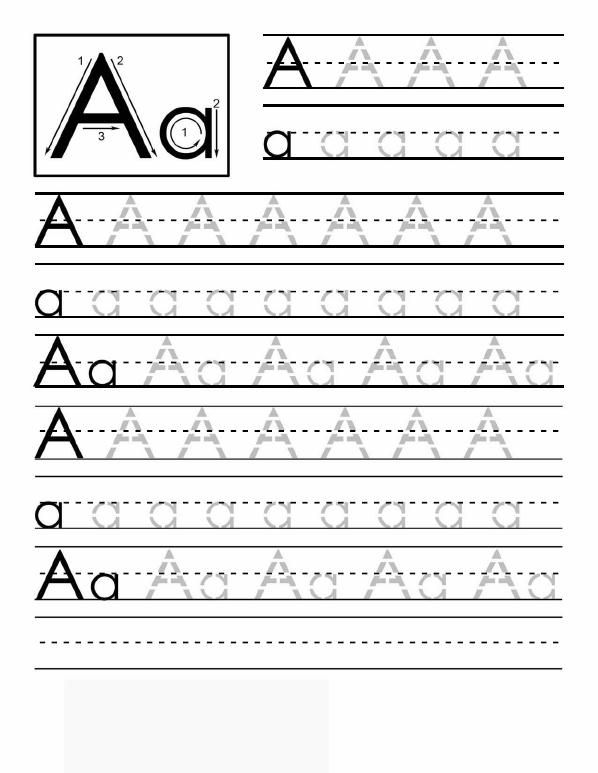
2. Catch the sound . To stretch a little, mother and child walk around the room. Mom calls different words. As soon as the child hears a word with the desired sound, he stops and claps his hands.
3. Think of the word . Ask your child to come up with as many words as possible with a certain sound. You can do this in turn, for example, first the mother calls the word, then the baby.
The task needs to be complicated, that is, the sound can be not only at the beginning of the word, ask him to come up with a word in which this sound will be at the end or in the middle. For example, you are learning the sound "a". First, you select words that begin with this letter - apricot, orange, then those that end in "a" - Moscow, jellyfish or contain the sound "a" in the middle - mosaic, eye.
4. Determine where the sound is hidden. You need to draw a simple word scheme: three squares connected to each other. Each square denotes its own: the beginning of the word, the middle and the end. Put this word scheme in front of the child, give him a chip.
Put this word scheme in front of the child, give him a chip.
You name different words, and he must show on the diagram where the sound that you pass is located. For example, if you called the word "watermelon" (you can show a picture), the child must put the chip in 1 cell, and if the word "fox" - then in the 3rd cell.
5. Ball game . An adult throws a ball to the child and calls different words. If they have a letter being studied, he catches the ball, if not, then he does not catch it. To begin with, you can use words in which this letter is at the beginning, then complicate the task, that is, it can be in the middle or end.
Author's methods of learning the alphabet
There are several recognized methods of teaching reading, each of which can be devoted to a separate article.
Zaitsev's cubes
The basis of Zaitsev's technique is a game, that is, children just play with cubes (there are 52 cubes of different sizes in the set) and at the same time learn to read without making any effort.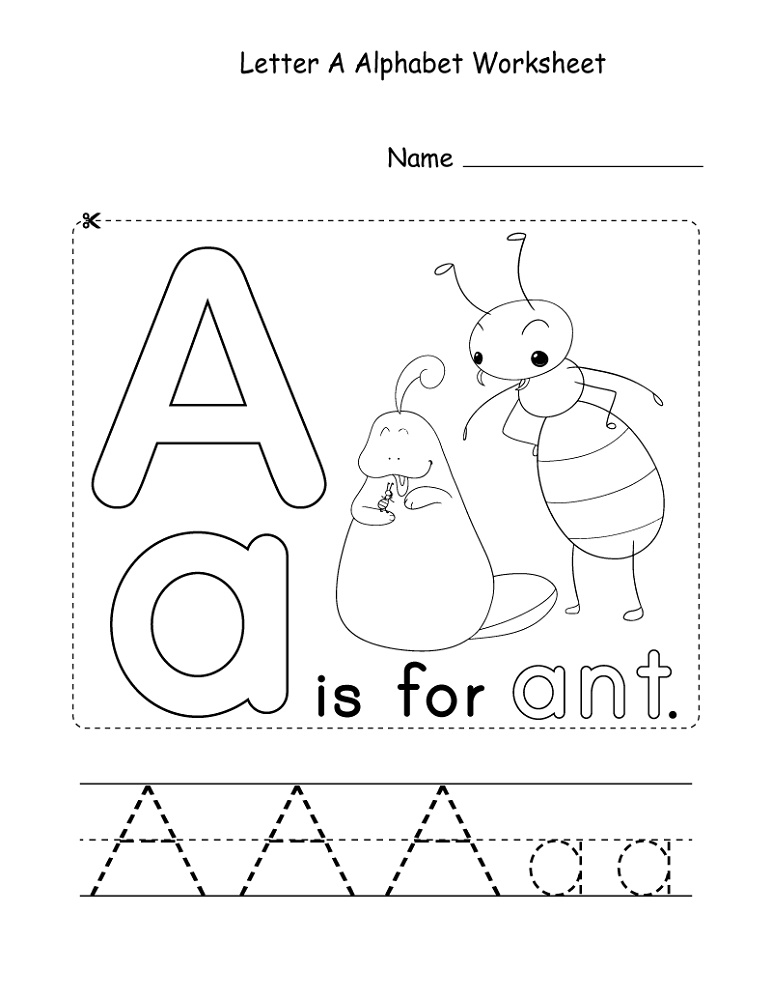 These games can be started from 6-12 months old, but up to 2 years old they are used like regular blocks, and children after 2 years old can start making words.
These games can be started from 6-12 months old, but up to 2 years old they are used like regular blocks, and children after 2 years old can start making words.
Zaitsev's main unit is a warehouse. It can consist of a consonant and a vowel, or a single letter. The basis of this method is the warehouse principle of reading. In addition to cubes, a large warehouse table is also used.
This technique has many advantages, the main of which is that any child can be taught to read. But there are also disadvantages, for example, over time, children will have to be retrained, because they remember that letters are indicated by one color, and the teacher enters his own colors, for example, red is a vowel. In addition, the child is used to the fact that words are divided into warehouses, and not into syllables. Yes, the benefits are very expensive.
Doman's cards
The neurosurgeon Glen Doman developed his technique for children with CNS disorders, but then it was also used to teach healthy kids.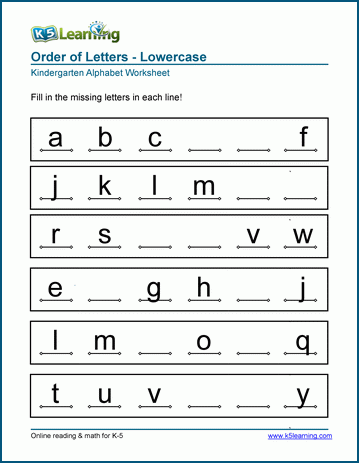 He recommends teaching children to read not by letter, but by words, since letters mean nothing to him, and words have real designations.
He recommends teaching children to read not by letter, but by words, since letters mean nothing to him, and words have real designations.
For this, whole words are written on the cards in large print (at least 7-10 cm), for example, “mother” or “dad”, which must be quickly shown to the child, voicing each word. With the help of this method, even a small child can be taught to read. Training is necessarily carried out at an early age; after 5 years, the Glenn Doman method no longer works.
Olga Soboleva's Methodology
The principle of this training is based on the "two-hemispheric" work of the brain. The teacher tries to use the dominant type of memory, that is, the material is divided into 3 groups: for kinesthetics, visuals and auditory.
Many of its techniques are also used by ordinary teachers when teaching traditional methods to make it more interesting for children to study. Well suited for creative children and parents, it is not recommended for families where logic and structure come first.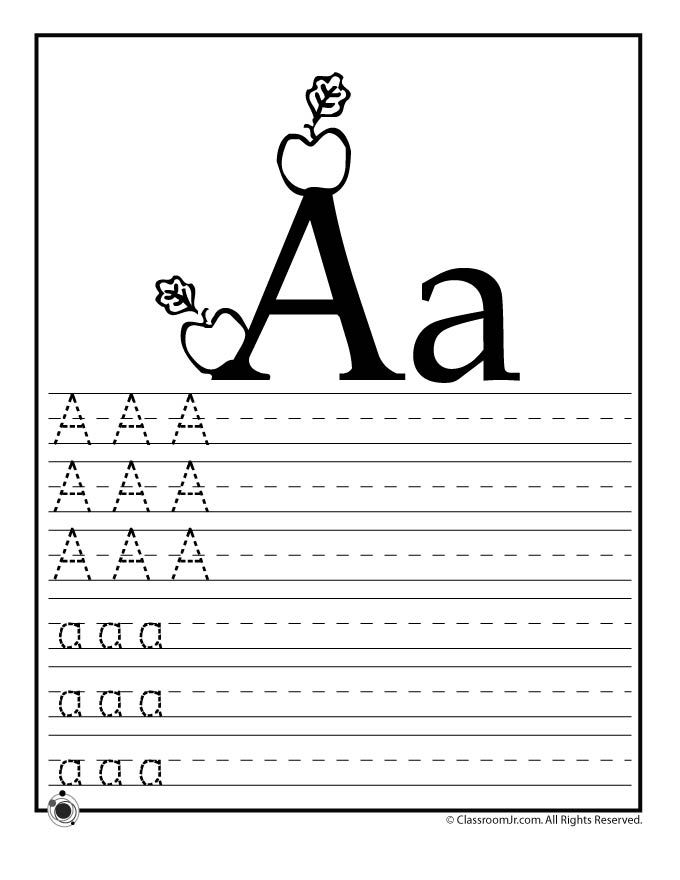
Polyakov's method
Its author came up with 7 steps of learning to read, 70 lessons in total. Each lesson is detailed. They are held in the form of a game, take no more than 10 minutes. Stages 1 and 2 are the study of letters, warehouses, reading in warehouses.
Sergei Nikolaevich Polyakov himself, unfortunately, is no longer alive, but his work was continued by his son, as well as teachers who practice this method. If you wish, you can purchase books that describe in detail how to conduct classes, as well as video files with examples of classes.
Creative exercises
To reinforce the acquired knowledge, it is useful to conduct creative activities. For example, you can make a beautiful alphabet together. We studied the letter - cut it out of cardboard. It is better to choose a dense material. If it is difficult for the baby, you can help him, and the child will decorate - attach beads, groats, sequins, beautiful fabric, etc.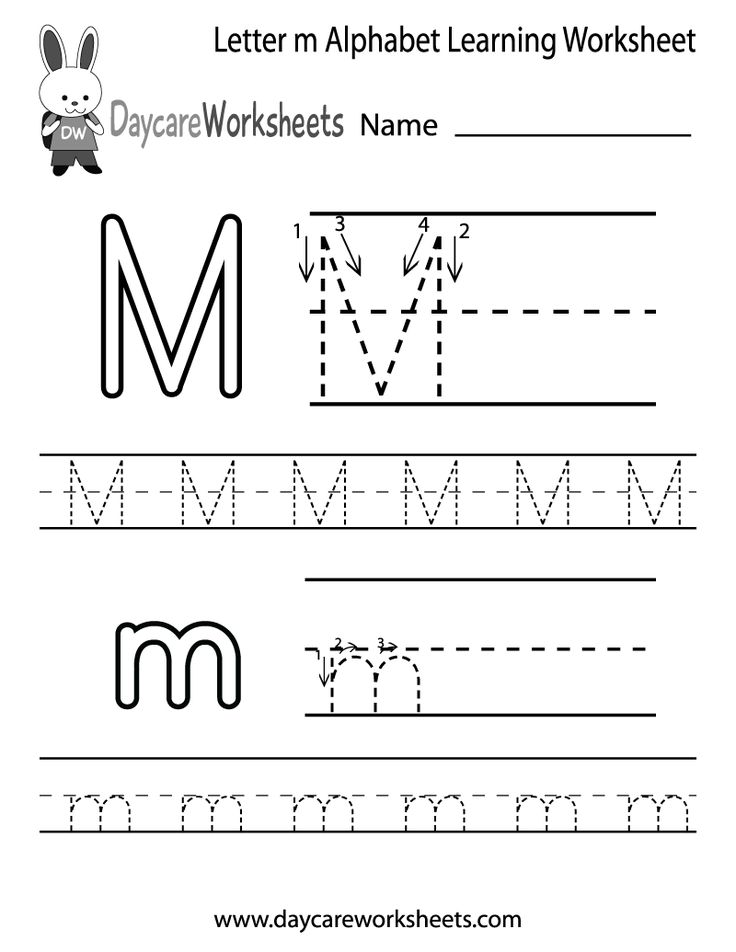 to it.
to it.
When you have collected the entire alphabet, you can decorate the children's room with it by connecting the letters into garlands, or hang it on the Christmas tree instead of toys. You can cut out paper blanks for letters, and the child must fold the whole letter from these parts.
Preschoolers love to draw and color. You can buy coloring books with letters, he will color them and remember what kind of letter it is. Or ask him to draw with felt-tip pens on paper, with chalk on a blackboard what you have already studied. But at this age, children should not be taught writing, this should be done by teachers in elementary school. The only thing you can teach your baby is to write in block letters.
If you are baking pies, ask your child to make familiar letters out of the dough. You can sculpt from plasticine or clay, decorate figures with cereals or peas. These activities will not only distract the baby from the TV, but also help develop fine motor skills.